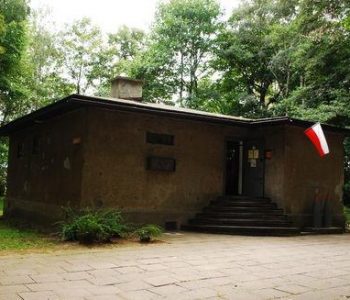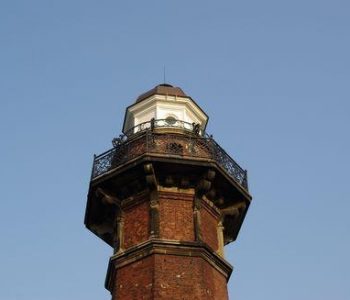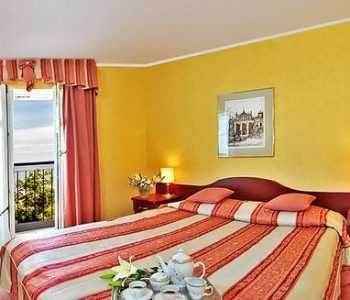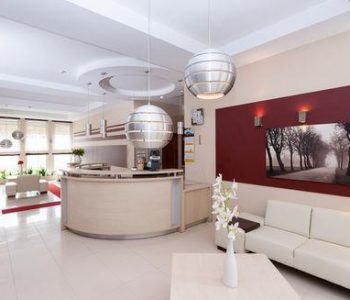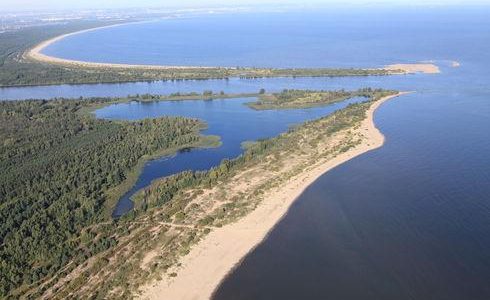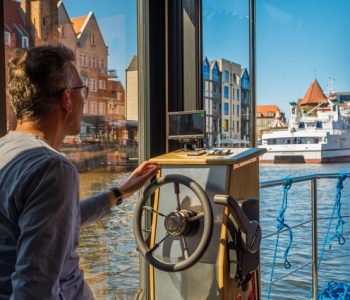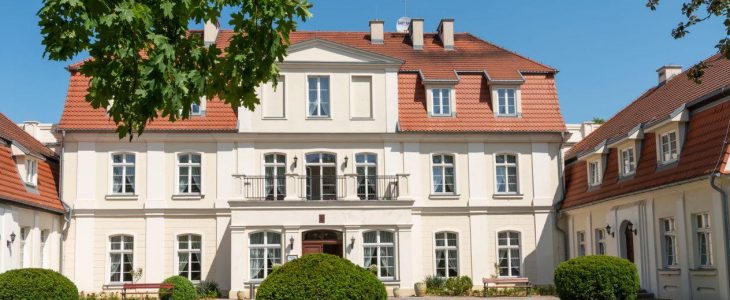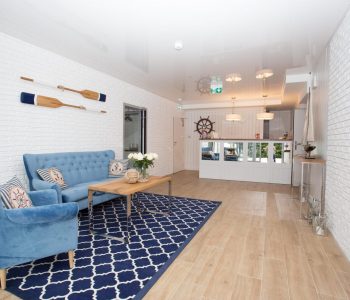Halfway through the 16th Century, a three-storey “Wreath” artillery tower was erected around the tower. The fortress was then expanded with a four-bastion fort, referred to as Fort Carré, which was designed by Anthonis van Obberghen. The expansion of the fortress entailed an increased number of homes for officers and barracks.
The tower is the oldest element of the fortress. The first tower was erected by the Teutonic Knights during the 14th Century. Made from brick in cylinder shape, it was about 20 metres high. The addition of Fort Carré caused the tower to rise by another 11 metres. At that time, a cupola was added to the tower. The tower was rebuilt after the fire in the 18th Century. In 1758 it ceased to act as a lighthouse. After World War II, it was destroyed; the reconstruction of the cupola was abandoned during the rebuilding of the tower.
An entrenchement was erected around the tower on a circular plan with a diameter of approximately 34 metres. It provided the artillery with two levels. After the construction of Fort Carré, the defensive function of the entrenchemen was reduced, while the increased number of the crew entailed the construction of houses surrounding the fortfication.
At the turn of the 17th Century, Fort Carré was built around the fortfication. It was designed by Anthonis van Obberghen. The previous structures, the Tower and the fortfication, were surrounded by a courtyard. The fort has four bastions: the Furta Wodna, Południowo-Wschodni, Ostroróg and Artyleryjski. The whole was additionally secured with a moat. The beginning of the 17th Century also saw the addition of the earthworks from five bastions: Wiślany, Bielnik, Świński Łeb, Ostroróg and Puck, which was surrounded with a moat.
The commandant’s house is one of the buildings added after the expansion of the Fortress with Fort Carré. It was almost completely destroyed during World War II and only partially reconstructed.
The Wisłoujście Fortress is currently a department of the Gdańsk Historical Museum. The condition of the Fortress was influenced by numerous factors, including the late start of the reconstructions and the vicinity of a sulphur-processing plant in the nineteen sixties and seventies. Today, the Wisłoujście Fortress has been renovated and is open to visitors.
Also worth visiting:
– The Gdańsk Historical Museum
– Guardhouse No. 1 on Westerplatte
– The Museum of the Polish Postal Service


